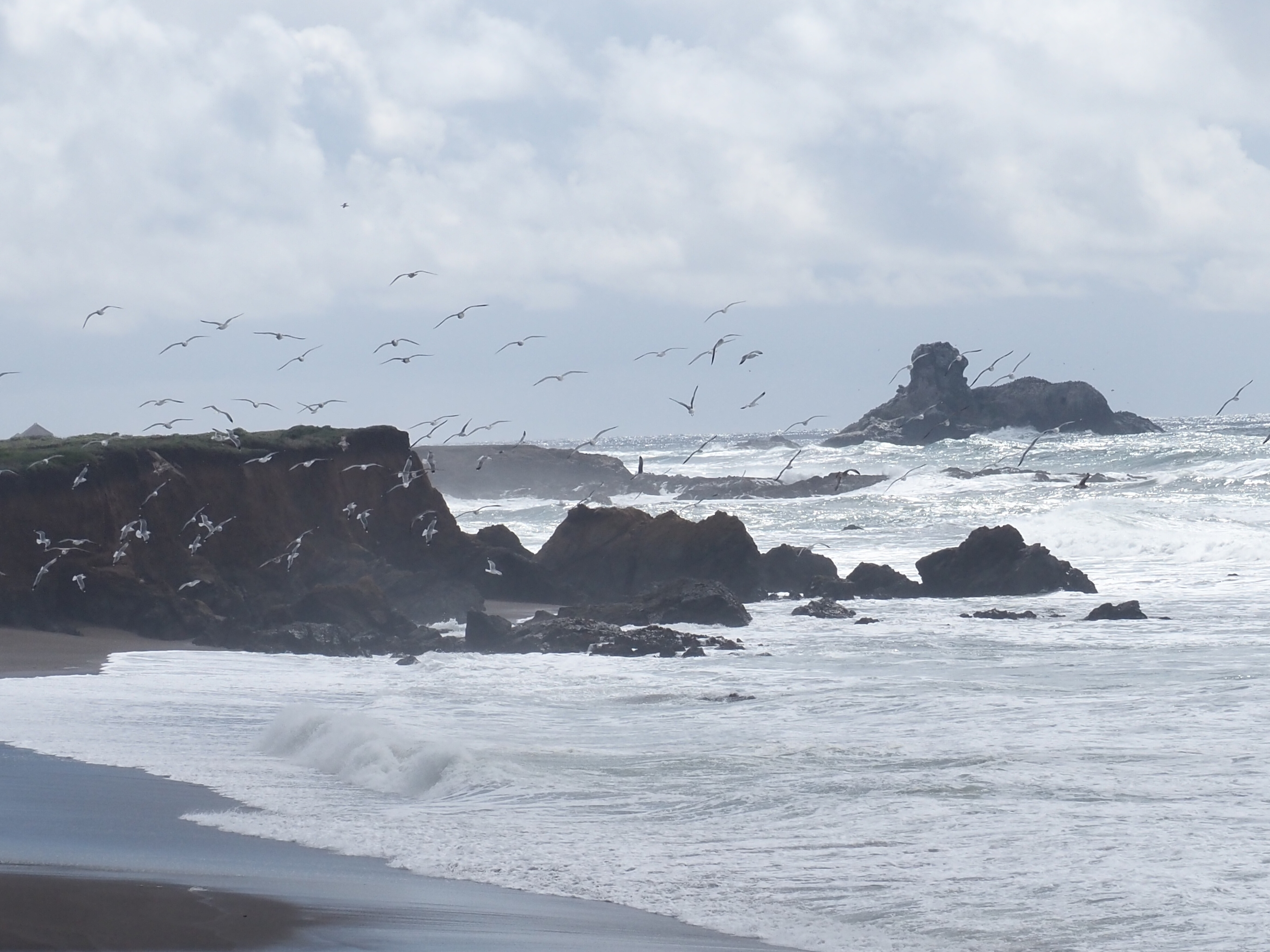With new projects being launched this year and continuing regular beluga monitoring, the 2018 field season promises to be rich in encounters and stories. June 18: after weeks of preparations – because if you want to do things in life, you need to be well prepared – we finally find ourselves on the water. Since then, we have been alternating programs, i.e. one week of tagging – which will allow us to learn more about the acoustic environment of our white whales and their exposure to noise – followed by one week of photo-identification.
How does tagging work? Michel Moisan (GREMM’s lead technician) is responsible for placing the data archiver (tag) on the animal and Véronique Lesage (researcher at DFO’s Maurice Lamontagne Institute) is in charge of the approaches. Both have already participated in this type of campaign from 2003 to 2005, but for me it’s a first.
Michel wasn’t kidding when he claimed that beluga monitoring is faster-paced compared to monitoring a large rorqual. Once the archiver is on the beluga, the fun begins. Véronique hands over the wheel to Michel and shifts her attention to the antenna that receives the signal from the tag when it emerges from the surface. Meanwhile, I stay on the roof of the boat to take identification photos and record our regular data, as well as a brand new data set for the tagged animal.
Our goal: to maintain visual contact with the animal while remaining far enough away to avoid influencing its behaviour. Whenever it dives, a considerable amount of data must be recorded in the voice recorder (distance and direction of the animal vis-à-vis our boat, number of boats and their respective distances from ours, behaviour of the animal, etc.). This is all new to me and it takes me a few minutes to get the hang of things. But I barely have the time to complete this sequence when we hear once again the beep of the VHF signal on the data archiver, which tells us the animal is back on the surface.
Michel and I grab our binoculars to scan the groups at the surface and locate our animal, while Véronique sweeps the antenna in search of the direction where the signal is strongest and tries to point us in the right direction. This little dance would last 2 hours and 17 minutes, at the end of which the archiver detached from the animal. I can now confirm: monitoring belugas is indeed pretty intense. Since then we’ve managed to fit two other animals with archivers.
Preliminary identifications of the week
Dl497
Dl512 Marjo
Dl9065





